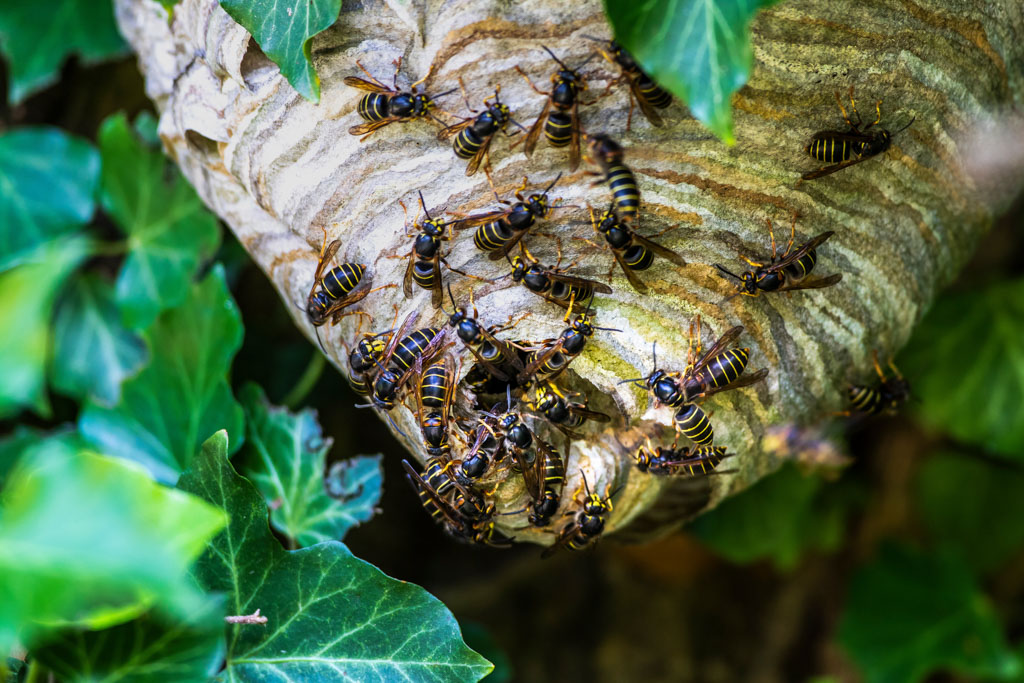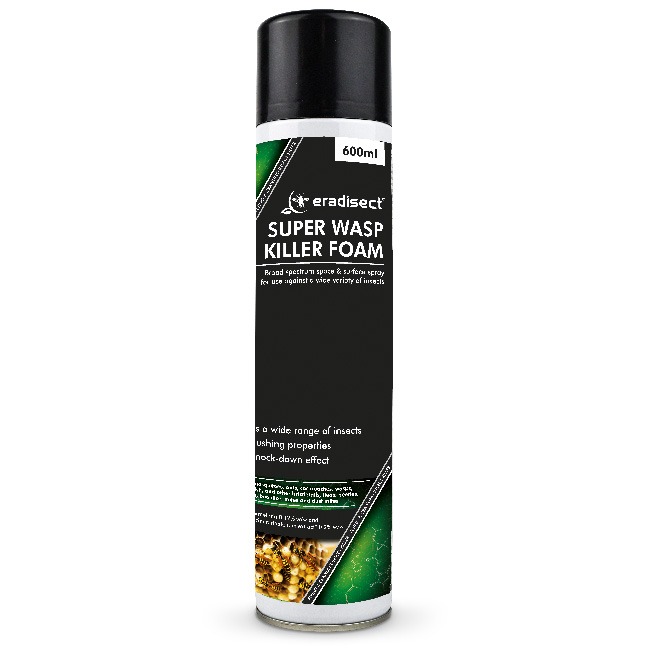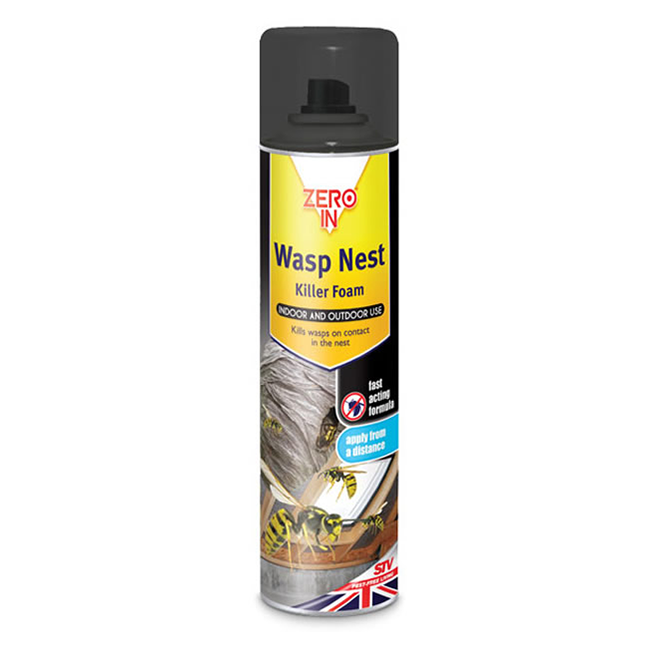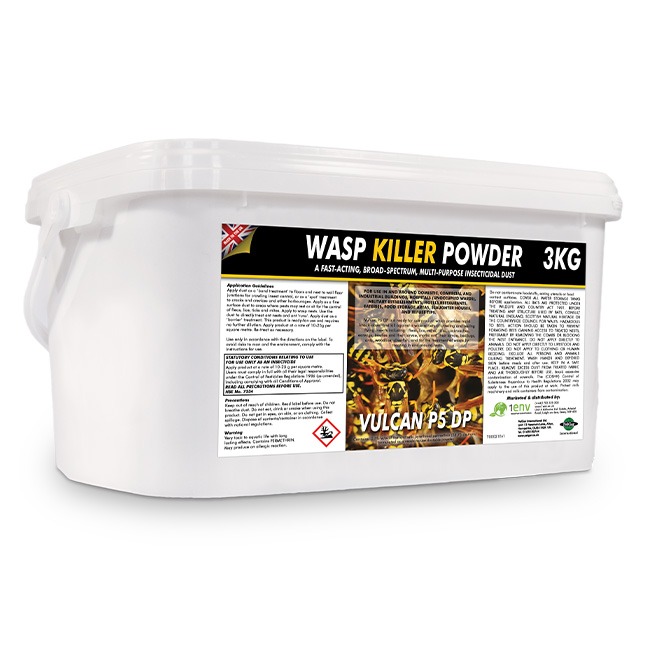Median Wasp (Dolichovespula media)
 |
This large wasp arrived in England in the 1980s and is now quite widespread. It is a large wasp, quite dark in colour, some individuals are nearly black. The camouflaged football sized nests contain around 300 wasps and are much smaller that the common wasps nest and often concealed in dense vegetation and made from ribbons of wood pulp.
Identification:
The Median Wasp is the largest wasp in the UK after the Hornet. Workers, 15-19mm long, distinctive black & yellow banding. The queen looks very much like a worker Hornet and is 18-22mm long.
Biology:
As with other species of wasps, nests are initiated in spring and persist until late summer when new queens and males are produced. After mating, the males die and the new queens disperse to seek over-wintering hibernation sites. The old queen, all the males and remaining workers die off.
Control:
Nests can be located by searching likely sites on fine days for signs of wasp activity. Flight lines of foraging wasps converging towards or diverging away from nests may be observed in order to pinpoint the nests. Ideally nests should only be treated with insecticides when activity around the nest is quiet. Operators should wear suitable protective clothing including a veil, gloves and tight fitting sleeves and trouser cuffs. Other people should be kept away. Wasp’s nests are treated using an insecticide dust, which is applied on to or around the entrance of the nest, returning workers will then carry the insecticide further into the nest. There will be increased activity around the nest entrance for at least an hour after treatment. The nest will be completely destroyed within 24 hours. Faster acting treatment involving soaking the nest may also be possible using a liquid formulation or aerosol formulation.
Products to control Median Wasp:
|
Eradisect Super Wasp Nest Killer Foam |
Wasp Nest Destroyer (300ml) |
Vulcan P5 DP Dust (3kg) |



